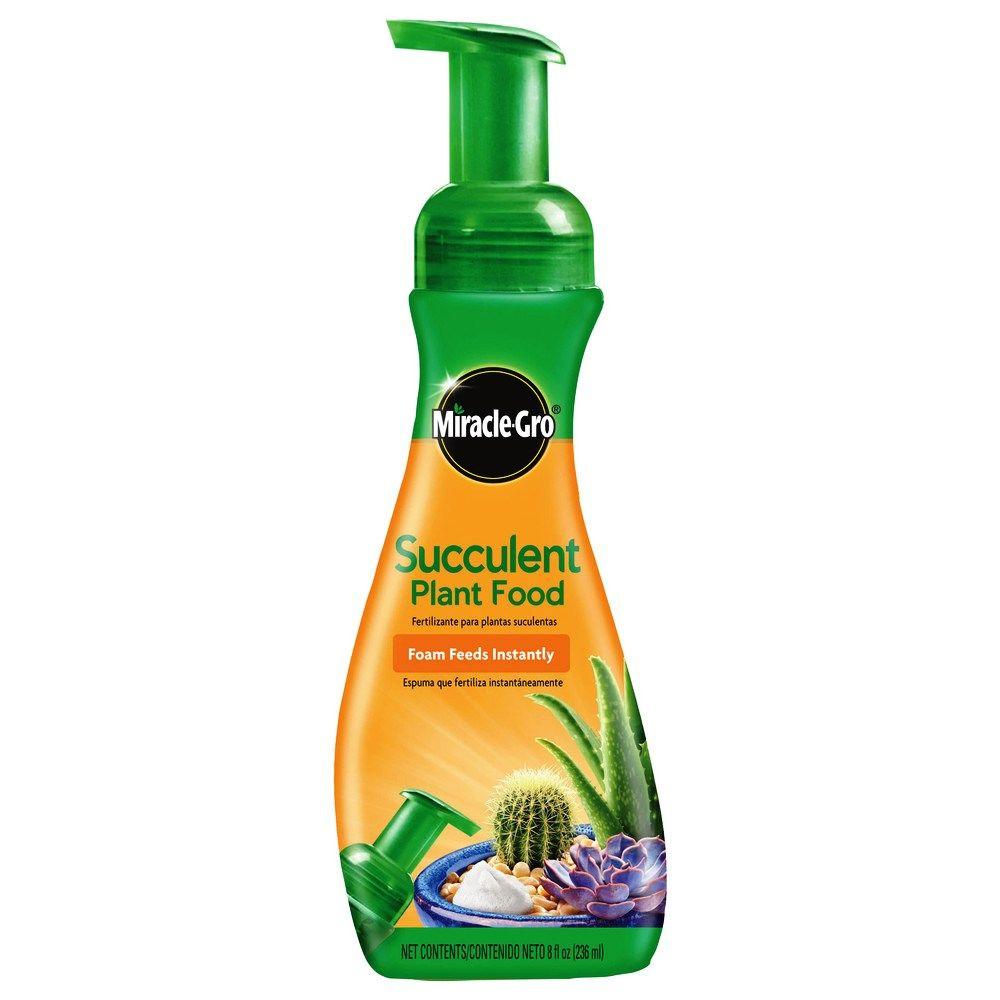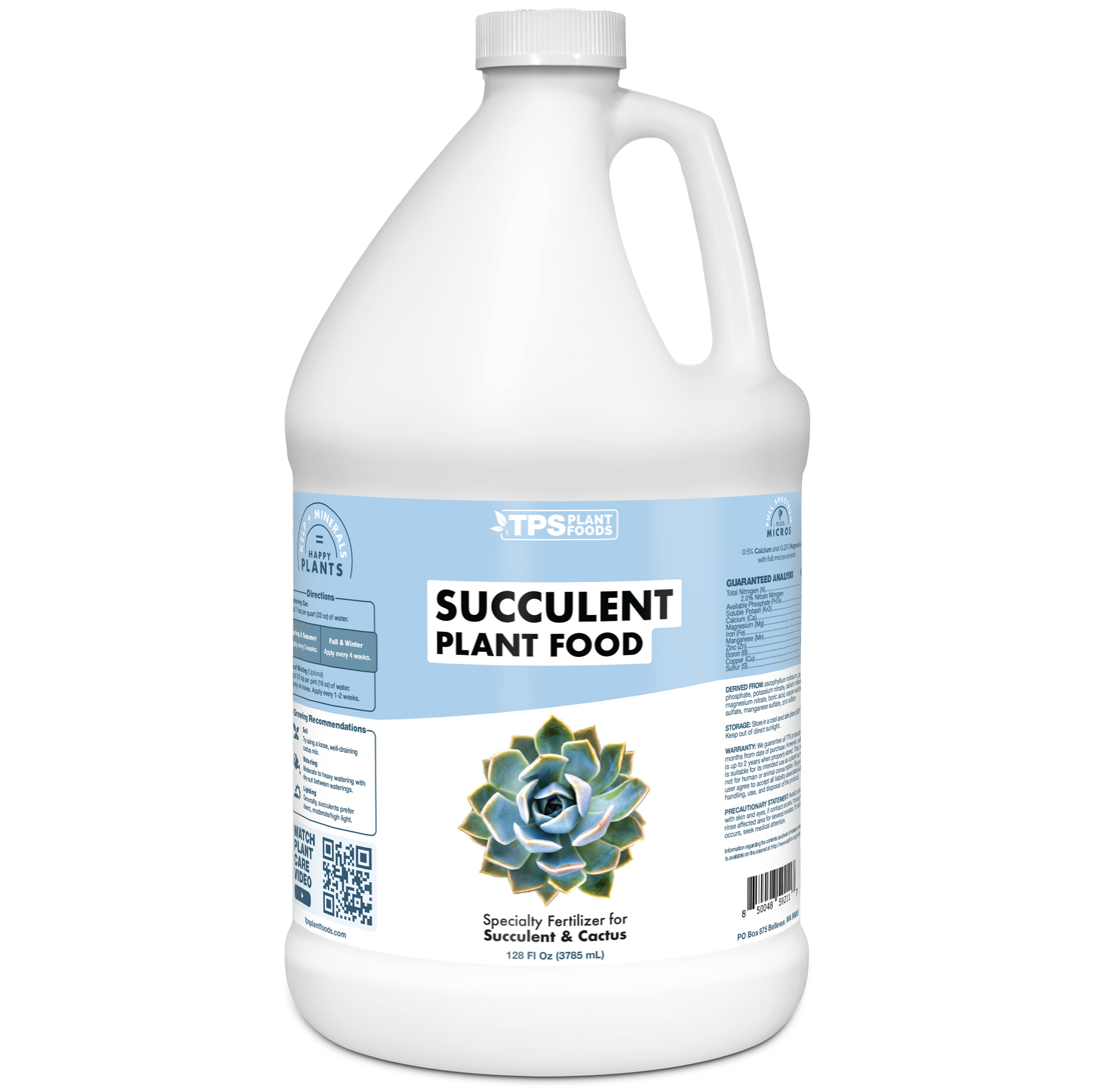Welcome to the interesting global of succulent plant meals! On this complete information, we’re going to delve into the very important vitamins succulents want, discover the several types of fertilizers to be had, and supply professional tricks to lend a hand your vegetation thrive.
Succulents, with their charming shapes and colours, have captured the hearts of plant fans international. To make sure their optimum beauty and health, offering them with the precise nourishment is paramount.
Forms of Succulent Plant Meals
Succulent plant meals are available in quite a lot of paperwork, each and every with its personal benefits and downsides. Working out the differing kinds permit you to make a selection the most suitable choice in your vegetation’ explicit wishes.
Liquid Succulent Plant Meals
Liquid succulent plant meals are extremely concentrated and diluted with water ahead of use. They’re briefly absorbed via the vegetation, offering a fast spice up of vitamins. Alternatively, they’ll want to be carried out extra ceaselessly than different varieties.
Granular Succulent Plant Meals
Granular succulent plant meals are forged debris which are sprinkled at the soil floor. They launch vitamins progressively over the years, offering a extra sustained feeding. Alternatively, they might not be as efficient for vegetation with shallow root techniques.
Gradual-Liberate Succulent Plant Meals
Gradual-release succulent plant meals are formulated to launch vitamins over an extended time period, usually a number of months. They supply a constant provide of vitamins, lowering the will for common fertilization. Alternatively, they might not be as efficient for vegetation that require quick nutrient availability.
Very important Vitamins for Succulents

Succulents require explicit vitamins to thrive. Those vitamins come with nitrogen, phosphorus, and potassium, referred to as the principle macronutrients, in addition to secondary and micronutrients.
Nitrogen is a very powerful for succulent enlargement and building. It helps the manufacturing of chlorophyll, proteins, and nucleic acids, selling wholesome foliage and total plant vigor.
Phosphorus
Phosphorus is very important for root building, power garage, and flowering. It aids in photosynthesis, nutrient absorption, and tension tolerance.
Potassium
Potassium performs an important function in water legislation, enzyme activation, and carbohydrate metabolism. It complements succulent well being, resistance to illnesses, and drought tolerance.
Natural vs. Artificial Succulent Plant Meals
Natural and artificial succulent plant meals be offering distinct benefits and downsides. Working out their variations permit you to make knowledgeable possible choices in your vegetation’ well-being and the surroundings.
Natural succulent plant meals are derived from herbal resources, corresponding to plant extracts, animal manure, and minerals. They’re biodegradable and thought to be extra environmentally pleasant than artificial choices. Alternatively, they would possibly not supply as constant or fast effects as artificial fertilizers.
Artificial succulent plant meals are chemically manufactured and designed to ship explicit vitamins to vegetation. They provide exact regulate over nutrient ratios and are steadily extra concentrated than natural fertilizers. Alternatively, they may be able to collect within the soil over the years and doubtlessly hurt the surroundings if now not used correctly.
Environmental and Well being Implications
Natural succulent plant meals have a decrease environmental affect as they don’t include damaging chemical compounds or heavy metals. Additionally they make stronger soil well being via including natural topic and selling microbial task. Alternatively, natural fertilizers can every so often include pathogens or weed seeds.
Artificial succulent plant meals will also be damaging to the surroundings if overused or disposed of improperly. They may be able to leach into groundwater and contaminate soil and water resources. Moreover, artificial fertilizers can give a contribution to air air pollution all the way through manufacturing and alertness.
Utility Strategies for Succulent Plant Meals

Making use of succulent plant meals appropriately is a very powerful for optimum plant well being. Various kinds of fertilizers have various software strategies. Here is a complete information that will help you follow liquid, granular, and slow-release succulent plant meals successfully.
Liquid Succulent Plant Meals
Liquid fertilizers are extremely concentrated and will also be simply absorbed via succulents. They’re usually diluted with water ahead of software. When the use of liquid fertilizers:
- Dilute the fertilizer in keeping with the producer’s directions.
- Practice the diluted answer at once to the soil across the base of the plant.
- Steer clear of getting the fertilizer at the leaves, as it might burn them.
- Water the plant totally after making use of the fertilizer.
Granular Succulent Plant Meals
Granular fertilizers are forged and are carried out at once to the soil. They launch vitamins slowly over the years. When the use of granular fertilizers:
- Sprinkle the granules lightly across the base of the plant.
- Steer clear of over-fertilizing, as this may harm the roots.
- Water the plant totally after making use of the fertilizer.
Gradual-Liberate Succulent Plant Meals
Gradual-release fertilizers launch vitamins progressively over a longer duration. They are perfect for succulents that desire a stable provide of vitamins. When the use of slow-release fertilizers:
- Apply the producer’s directions for the applying price.
- Combine the fertilizer into the soil or position it in a slow-release feeder.
- Water the plant totally after making use of the fertilizer.
Protection Precautions:At all times put on gloves when dealing with fertilizers. Steer clear of breathing in or drinking fertilizers. Stay fertilizers clear of youngsters and pets.
Guidelines for Optimum Utility:Water the plant ahead of making use of fertilizer to steer clear of burning the roots. Practice fertilizer all the way through the rising season, usually spring and summer time. Steer clear of over-fertilizing, because it may end up in nutrient burn and harm the plant.
Indicators of Nutrient Deficiency and Extra in Succulents

Succulents are slightly low-maintenance vegetation, however they nonetheless require correct vitamin to thrive. Nutrient deficiencies and excesses could cause numerous issues, so it is crucial as a way to establish the indicators and take corrective motion.
Nutrient Deficiencies
- Nitrogen deficiency:Yellowing or light leaves, stunted enlargement, and deficient root building.
- Phosphorus deficiency:Darkish inexperienced or purplish leaves, gradual enlargement, and deficient flowering.
- Potassium deficiency:Yellowing or brown leaf edges, stunted enlargement, and vulnerable stems.
- Calcium deficiency:Vulnerable or deformed stems, gradual enlargement, and yellowing leaves.
- Magnesium deficiency:Yellowing between leaf veins, stunted enlargement, and deficient root building.
Nutrient Excesses
- Nitrogen extra:Darkish inexperienced or purplish leaves, fast enlargement, and vulnerable stems.
- Phosphorus extra:Stunted enlargement, deficient flowering, and yellowing leaves.
- Potassium extra:Yellowing or brown leaf edges, vulnerable stems, and deficient enlargement.
- Calcium extra:Stunted enlargement, deficient root building, and yellowing leaves.
- Magnesium extra:Yellowing between leaf veins, deficient enlargement, and vulnerable stems.
If you happen to suspect that your succulent is affected by a nutrient deficiency or extra, you need to take corrective motion once conceivable. One of the best ways to try this is to have your plant examined via a certified. This may occasionally assist you to to resolve precisely what vitamins your plant is missing or getting an excessive amount of of, and can can help you alter your feeding practices accordingly.
Making a Customized Succulent Plant Meals Mix
Making a customized succulent plant meals mix lets you tailor the nutrient composition particularly on your vegetation’ wishes. Imagine elements corresponding to plant measurement, enlargement degree, and environmental stipulations when deciding on components and adjusting ratios.
Elements
- Nitrogen:Very important for leaf enlargement and total plant well being. Resources come with blood meal, fish emulsion, and urea.
- Phosphorus:Promotes root building and flowering. Resources come with bone meal and superphosphate.
- Potassium:Complements water uptake, photosynthesis, and tension tolerance. Resources come with potassium sulfate and picket ash.
- Calcium:Strengthens mobile partitions and decreases susceptibility to pests. Resources come with gypsum and limestone.
- Magnesium:Curious about photosynthesis and chlorophyll manufacturing. Resources come with Epsom salt and dolomite.
Ratios
The perfect NPK ratio for succulents is usually 1:1:1 or 2:1:1. Alternatively, chances are you’ll alter the ratios in response to explicit plant necessities. As an example, vegetation with prime water content material would possibly require much less nitrogen.
Blending
- Completely combine the required components in a container.
- Retailer the mix in a dry and hermetic container.
- Use the mix sparingly, following the applying strategies mentioned previous.
Best possible Practices for Fertilizing Succulents
To advertise wholesome succulent enlargement and save you nutrient deficiencies or excesses, it is a very powerful to observe absolute best practices for fertilizing. Listed below are some tips to make sure optimum plant well being:
Frequency and Timing
Fertilize succulents all the way through their energetic enlargement duration, usually spring and summer time. Steer clear of fertilizing all the way through dormancy, generally in iciness. Fertilize each 2-4 weeks all the way through the rising season, relying on the kind of fertilizer used.
Dosage
At all times observe the producer’s directions for dosage. Over-fertilizing can hurt succulents, so it is higher to err at the aspect of warning. Dilute the fertilizer to part energy if desired, particularly for younger or delicate vegetation.
Utility Strategies
Fertilizers will also be carried out thru watering or foliar feeding. Watering succulents with diluted fertilizer answer is the most typical approach. Foliar feeding, the place the fertilizer is sprayed at once onto the leaves, may also be efficient however will have to be executed much less ceaselessly.
Heading off Over-Fertilizing
Indicators of over-fertilizing come with stunted enlargement, leaf burn, and yellowing or browning of leaves. If you happen to suspect over-fertilizing, flush the soil with a variety of water and cut back or get rid of fertilization.
Selling Wholesome Plant Enlargement
Along with following those absolute best practices, imagine the following advice for wholesome succulent enlargement:
- Use a balanced fertilizer particularly formulated for succulents.
- Steer clear of the use of fertilizers prime in nitrogen, as this may advertise over the top enlargement and weaken the plant.
- Supply a variety of daylight and well-draining soil to reinforce optimum enlargement.
Troubleshooting Not unusual Succulent Plant Meals Problems
Even with cautious feeding, problems can get up. Let’s discover commonplace issues and their answers.
Nutrient Burn
Extra vitamins may end up in brown or yellow leaf guidelines, stunted enlargement, and root harm. To get to the bottom of this:
- Flush the soil totally with water.
- Dilute the fertilizer to a weaker focus.
- Cut back the frequency of fertilization.
Stunted Enlargement
Inadequate vitamins may end up in gradual enlargement, light leaves, and vulnerable stems. To deal with this:
- Use a balanced fertilizer with the precise nutrient ratios.
- Build up the frequency of fertilization.
- Make certain the succulent is receiving good enough daylight and water.
Key Questions Spoke back
How steadily will have to I fertilize my succulents?
All the way through the rising season, fertilize per month with a balanced liquid fertilizer diluted to part energy.
What are the indicators of over-fertilizing succulents?
Brown or yellow tips about leaves, stunted enlargement, and root burn.
Can I exploit common houseplant fertilizer on succulents?
No, succulents require a fertilizer particularly formulated for his or her distinctive dietary wishes.
